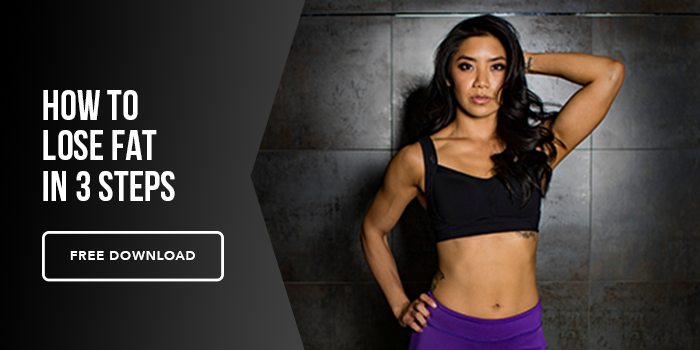If your workout plan is as busy as a single mom’s to-do list, we’ve got a problem.
The fitness world loves to glorify the grind. “No days off” looks fine on a t-shirt — but terrible on your nervous system. Whether you're trying to build muscle, burn fat, or stay functional enough to grab groceries from the top shelf without pulling a lat, recovery isn’t optional. It’s the part of training that allows progress to happen.
Here’s why skipping rest days can do more harm than good — and how to build a smarter approach that makes room for gains and rest.
Training Breaks You Down. Recovery Builds You Up.
Workouts don’t make you stronger. They create stress — muscle damage, hormonal disruption, fatigue.
It’s the recovery process that repairs and rebuilds your body stronger than before. That’s what adaptation is.
No recovery = no adaptation.
Too much training without recovery leads to stagnation, fatigue, and in some cases, regression. You’re doing the work, but not cashing the check.
The Physiology of Recovery
Nervous System Reset
Lifting heavy taxes your central nervous system (CNS). Without rest, it’s like going on a road trip without stopping for gas.
Muscle Repair & Growth
During rest, protein synthesis ramps up. Muscles repair and grow. Without it, you’re just inflamed and sore.
Joint & Tendon Health
Your connective tissues adapt slower than muscle. Rest gives them time to catch up and avoid chronic overuse injuries.
Hormonal Balance
Recovery helps normalize cortisol, boost growth hormone, and keep testosterone in a healthy range.
Signs You Need More Rest
You don’t need an Oura Ring to know when your body’s cooked. Watch for:
- Plateaued strength or progress
- Poor sleep despite being exhausted
- Brain fog or lack of motivation
- Elevated resting heart rate
- Soreness that lasts longer than usual
- General crankiness (aka yelling at your protein powder for clumping)
These are your body's ways of waving a white flag.
How Many Rest Days Do You Actually Need?
The golden rule: Train hard, recover harder.
Most people should train 2-5 days per week, depending on intensity, volume, age, and training age.
Beginners:
Start with 2–3 lifting days per week with at least one full rest day in between.
Intermediates:
3–5 days of training with active recovery or full rest days spaced throughout.
Advanced Lifters:
Can train more often — but need to manage intensity, split routines, and recovery tools carefully.
Active Recovery vs. Full Rest
Recovery days don’t have to look like lazy days. Try active recovery.
This includes:
- Walking
- Mobility work
- Swimming
- Light cycling
- Yoga
These activities keep blood flowing and support recovery without adding more stress.
Full Rest Days are essential too. Your body needs true down time.
Listen to your body, not just your calendar.
Sleep: The MVP of Recovery
You can’t out-supplement poor sleep.
Sleep is when your body:
- Releases growth hormone
- Repairs damaged tissues
- Consolidates motor learning and coordination
- Recharges your nervous system
Aim for 7–9 hours per night. And no, dozing off while reading this doesn’t count as sleep.
Nutrition & Recovery
What you eat matters.
Protein:
Essential for muscle repair. Aim for 1g per pound of target body weight daily.
Carbs:
Refuel glycogen stores and support recovery. Especially important after intense sessions.
Hydration:
Even mild dehydration can impair performance and recovery. Drink up.
What Happens When You Don’t Rest?
Overtraining syndrome is real — and nasty.
Symptoms include:
- Mood swings
- Insomnia
- Decreased performance
- Frequent illness
- Hormonal disruptions
- Loss of motivation
And here’s the kicker: it can take weeks or months to recover from.
A rest day now saves you from forced rest later.
The Mental Side of Rest Days
Some people fear rest days will ruin their progress. In reality, they often improve it.
Rest:
- Reduces burnout
- Improves motivation
- Increases adherence to your program
- Helps you come back stronger (literally and mentally)
You’re not lazy for resting. You’re lifting smarter, not harder.
Final Thoughts
Rest days aren’t a sign of weakness. They’re a sign of intelligence.
You wouldn’t floor the gas pedal in a car with no brakes. So why train nonstop without recovery?
✔ Muscles grow between workouts
✔ Your nervous system needs downtime
✔ Sleep, nutrition, and smart programming are essential
Build your rest days like you build your workouts: on purpose. Because if you’re going to train like an athlete, you need to recover like one too.






